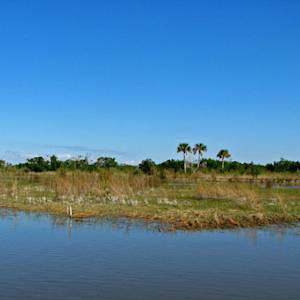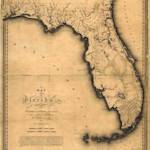Habitat Loss, Everglades
1900s • Everglades, FL
"Between 1940-1980, the populations of Dade, Broward and West Palm Beach Counties increased by 830 percent to 3.2 million people (U.S. Department of Commerce 1980). This rapid population growth has led to the conversion of the eastern 12 percent of the Everglades. Habitat alteration and outright loss have endangered a number of plant and animal species. There has been an approximate 90 percent decline in wading bird abundance over the last century. The invasion by the Australian tree Melaleuca has been a minor ecological disaster. Many species of introduced fish and lizards have displaced native species. Fourteen plants and nine vertebrates are Federally listed. In sum, it is estimated that no more than two percent of the original Everglades ecosystem is truly intact. However, about 30 percent of this unit remains in an altered state that could be restored with proper management described below."


Learn about Maya Lin’s fifth and final memorial: a multi-platform science based artwork that presents an ecological history of our world - past, present, and future.

Discover ecological histories and stories of former abundance, loss, and recovery on the map of memory.

Learn how we can reduce our emissions and protect and restore species and habitats – around the world.

See how art can help us rethink the problems we face, and give us hope that each one of us can make a difference.

Help make a global memorial something personal and close to home. Share your stories of the natural world.

